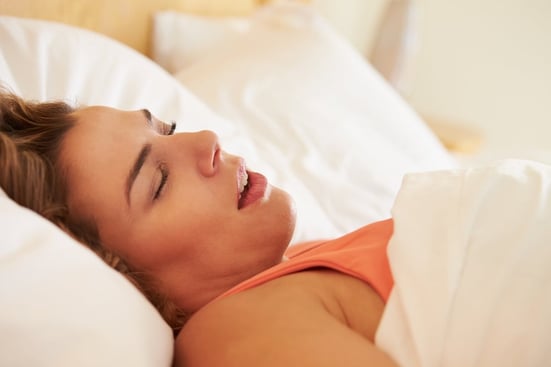
The word apnea means "no breath" and implies that, for whatever reason, your ability to breathe has been compromised. Apnea is a temporary cessation of breathing, however: if you decide to hold your breath, you are essentially giving yourself an episode of apnea. Eventually, you resume breathing because your brain won't let you hold your breath forever. Breathing is critical to all body functions, after all, and respiratory failure is not an option.
Your brain generally regulates your breathing during waking periods; you also have the option to voluntarily take a deep breath now and again, such as while yawning or in response to an increase in physical activity, like running for the bus. Once you take those breaths, your bloodstream will self correct for any imbalances in oxygen or carbon dioxide; this "gas exchange" is one of primary purposes of breathing.
However, periods of involuntary apnea can also happen. Sleep apnea refers to these pauses in breathing which occur while you sleep. The main difference between apnea and sleep apnea relates not only to the time of day, but to "who's in charge" of breathing.
During the day, you may enjoy having the conscious choice to take a breath at any time. However, once you're asleep, you do not consciously control your breathing: it is only the brain regulating your breathing at this time.
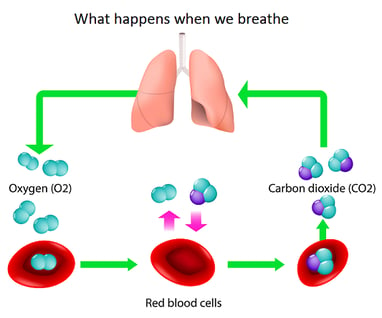
When you have an episode of sleep apnea, the brain takes note of the changes in oxygen and carbon dioxide in the bloodstream caused by the temporary pause in breathing, just like it does during the day. But since you are asleep, it will now either wake you up or send stress hormones into your bloodstream to inspire breathing in order to fix the problem.
Even though you technically fix your problems by breathing again, it's important to note that, following any form of apnea, you have less oxygen to begin with in your system. This means it will require more work from your heart, your diaphragm, your muscles of breathing, your vascular system, and other organs to bring the oxygen levels in your bloodstream back to normal.
An apnea here or there is not a problem; it's the regular episodes of long-lasting pauses, night after night, and all night long, which lead to negative long-range results from untreated sleep apnea.
Ultimately, sleep for someone suffering from sleep apnea is extremely fragmented and of poor quality, which leads to serious consequences, including excessive daytime sleepiness, high probability of developing other chronic disease, and increased risk for motor vehicle accidents.
The Three Types of Sleep Apnea
Clinically, the term sleep apnea actually applies to three different types of sleep apnea.
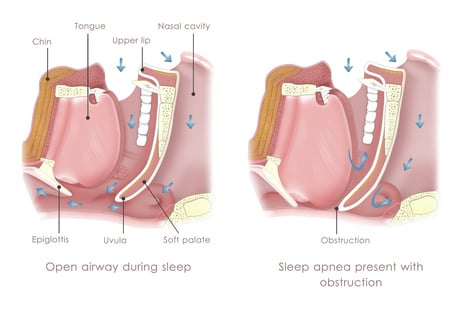
Obstructive Sleep Apnea (OSA)
The most common form of sleep apnea is OSA. The word obstructive is key here: something has happened to the upper airway during sleep to obstruct the process of inhaling and/or exhaling. This an issue of mechanics and it can be caused by a number of things:
-
Relaxed tissues and muscles in the upper airway. The lining of your upper airway is flexible and pliable. During the day, while you are upright, it remains firm or patent, allowing good clearance for breathing. At night, however, these same tissues and muscles naturally relax; tissues and muscles can collapse, either partially, or completely, as you sleep, leading to episodes of OSA.
-
Medications: Tissue relaxation, leading to partial or complete collapse in the upper airway, can come from the use of certain medications, bedtime alcoholic "nightcaps," smoking, or the use of other recreational substances.
-
Age: Even something as simple as aging can make us more susceptible to obstructive apnea; we lose tissue and muscle tone, the older we get.
-
Sleeping position. If you sleep supine (or on your back), you are more likely to experience the partial or complete obstruction of your upper airway than you are if you sleep on either your left or right side.
-
The presence of fatty tissue in the throat area. The added weight of "fat pads" in and around the neck can contribute to any measurable collapse of upper airway tissue as you sleep. People who are overweight or obese generally carry more fatty tissue around their necks than do thin people.
-
General problems with fluid retention. Most people only notice swelling (also called edema) in their lower extremities, which is basically gravity pulling the retained fluid toward their feet. However, when they recline to sleep, that fluid redistributes itself across the fat layers in the body (fat deposits are where most retained fluid hides). Any fat around the neck region will collect additional fluids; like the fat pads themselves, this can add weight to the area, forcing potential collapse of tissues there during sleep.
-
Congenital issues with the structure of the jaw, the throat, or the nasal passages. Sometimes we are born with distinctive shapes to our cranial structure: a "soft" jaw, narrow cartilage in the nasal areas, broad cheeks, short necks... some of this architecture can influence breathing ability during sleep and contribute to obstructions.

- The presence of excess tissue in the upper airway (oversized tongue, uvula, adenoids/tonsils). Any organs or tissue in the upper airway which are oversized can take up too much space, making it difficult to breathe deeply as you sleep. The tongue may slide into the soft palate at the back of the mouth and block the airway, or the tonsils may swell and take up too much space.
An episode of OSA typically consists of a partial or complete pause in airflow for at least ten seconds while you are asleep. During this time, your body continues to try to breathe; the diaphragm at the base of the lungs is still moving up and down per instructions from the brain in a process called respiratory effort. But the blockage in the upper airway won't permit the flow of air until the brain finally recognizes significant changes to the oxygen levels in your bloodstream. Then it sounds the alarm and you wake up choking, coughing, or gasping as you struggle to reclaim your lost breath.
One or two of these episodes a night is not worrisome, but repeated and lengthy pauses in breathing caused by OSA can have a dangerous long-term impact on the body if they are not addressed.
Central Sleep Apnea (CA) 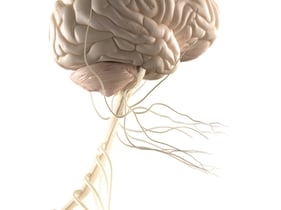
The difference between CA and OSA is simple: the body simply stops breathing. The brain fails to signal to the diaphragm to keep working with the lungs and the muscles of breathing to inhale and exhale. The upper airway could be completely obstacle free, but with a central apnea (called central because it originates in the central nervous system of the brain, in the respiratory center), there is no measurable attempt at respiratory effort.
CAs are temporary, and like obstructive apneas, they also last for long periods of time (from ten seconds to over a minute) and contribute to dangerously low levels of oxygen in the bloodstream.
If you experience an episode of central apnea, you will eventually start to breathe again in a state of "recovery" until you have replenished your blood's supply of oxygen. However, unlike obstructive apneas, central apneas may or may not wake you up in the process.
In addition, some people with CA may actually never stop breathing; instead, they breathe in a very shallow cycle that alternates with episodes of exaggerated deep breathing in a unique pattern identified as Cheyne-Stokes respiration.
Why would your brain fail to signal your diaphragm to manage breathing while you sleep?
-
Age. The brain, like all other organs, can lose its ability to regulate the systems in the body.
-
Neurological problems. If you have a preexisting nervous system disorder, prior brainstem injury, or ongoing problems with the upper spinal column, these can interfere with your brain's ability to regulate respiration as you sleep.
-
Other serious medical problems. Chronic heart failure, chronic kidney failure, and degenerative diseases like severe arthritis can lead to CA.
-
Medications. Certain medications are known to depress or dampen the communication between the brain and the respiratory system.
- Altitude. The air is "thinner" at higher altitudes, which can make it hard for the brain to appropriately regulate breathing function during sleep.
Mixed Sleep Apnea (MA)
As the name suggests, some people experience both OSA and CA at the same time. When this happens, it is called a mixed apnea. The only way to recognize when a patient has mixed apnea, rather than one or the other, is through an attended overnight sleep study where these events can be recorded and identified.
MA is also sometimes referred to as Complex Sleep Apnea (CompSA). However, MA generally describes the mixture of both OSA and CA events in a patient during a test, whereas CompSA is used as a diagnostic term to indicate a distinct disease separate from OSA or CA. CompSA is diagnosed after OSA is successfully treated with CPAP, only to discover that CA suddenly begins to occur, or continues to occur, even after therapy has cleared up obstructions.
A word about snoring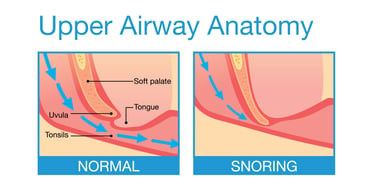
Snoring by itself is not the same thing as sleep apnea. Snoring does not result in a partial or complete obstruction of the upper airway; it occurs because the tissues in the airway are creating upper airway resistance, which results in the loud vibrational or whistling sounds produced by people who snore.
However, snoring is a major marker for OSA, and if someone has a long history of loud snoring, their chances of having undiagnosed obstructive sleep apnea are pretty high. If you or a loved one has a problem with snoring, it is worthwhile to look into whether the snoring is actually a symptom of undiagnosed OSA. Snoring may also eventually progress into OSA over time, so it's better not to wait until then to look into treatment options.
If you or your loved one is suffering with sleep apnea, call us at Sleep Resolutions today at one of our two convenient locations in Kansas (Garden City or Dodge City) (620) 271-9400. Or simply click the link below to request your FREE sleep assessment today!


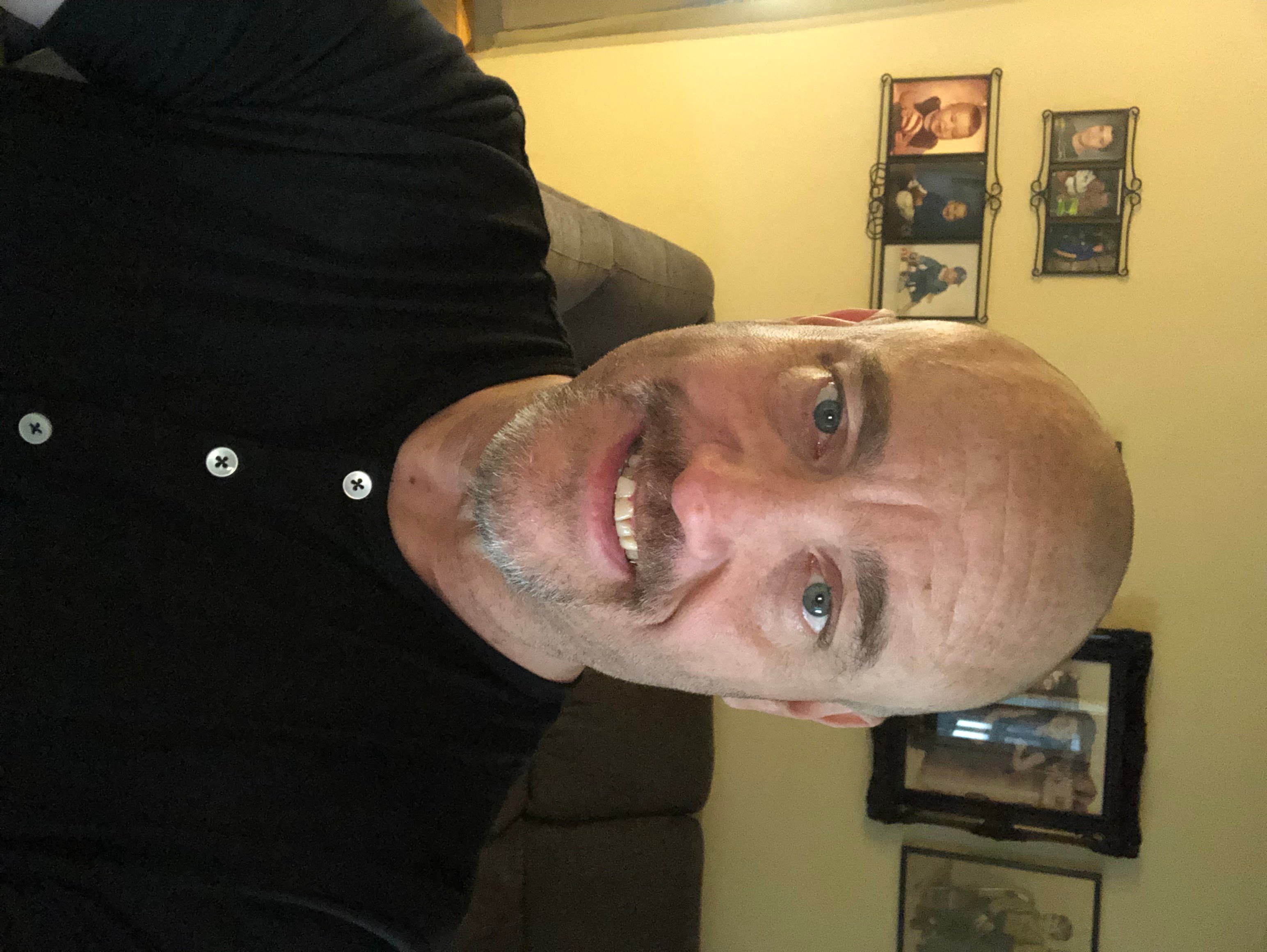







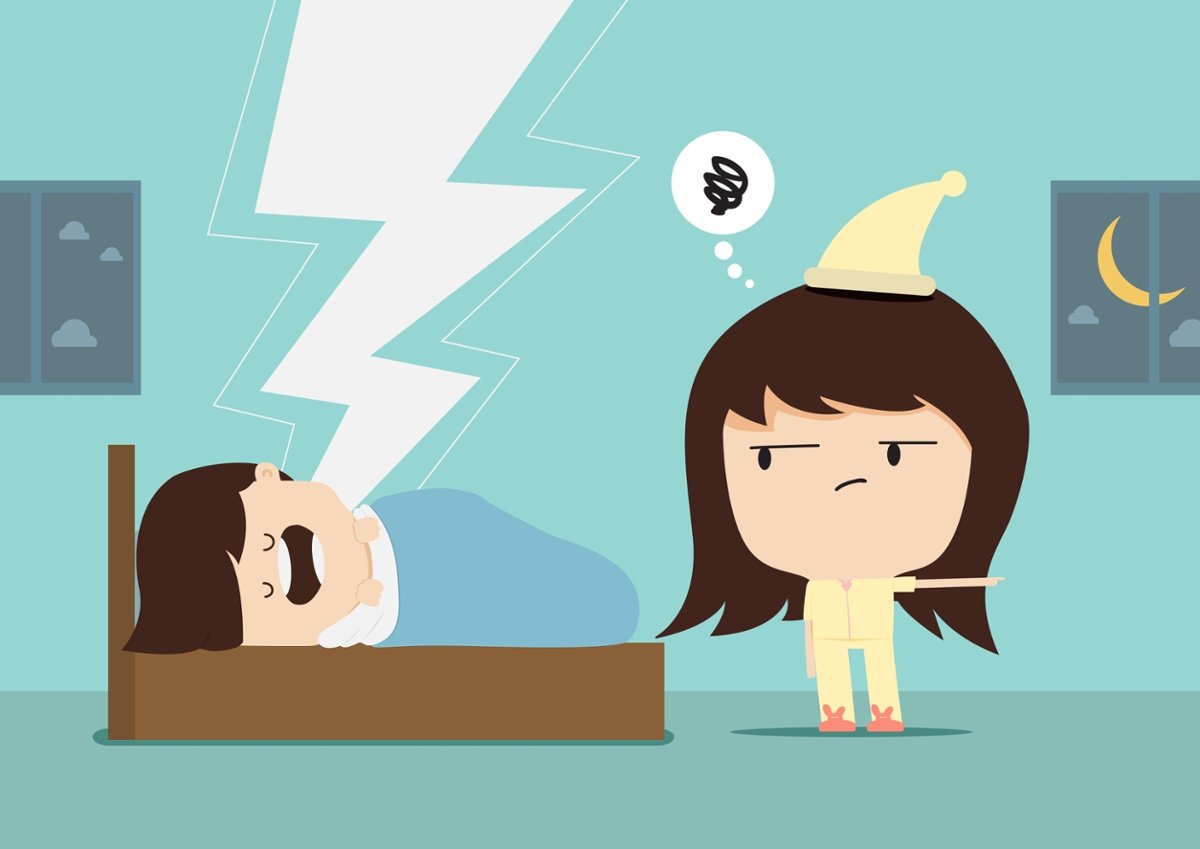

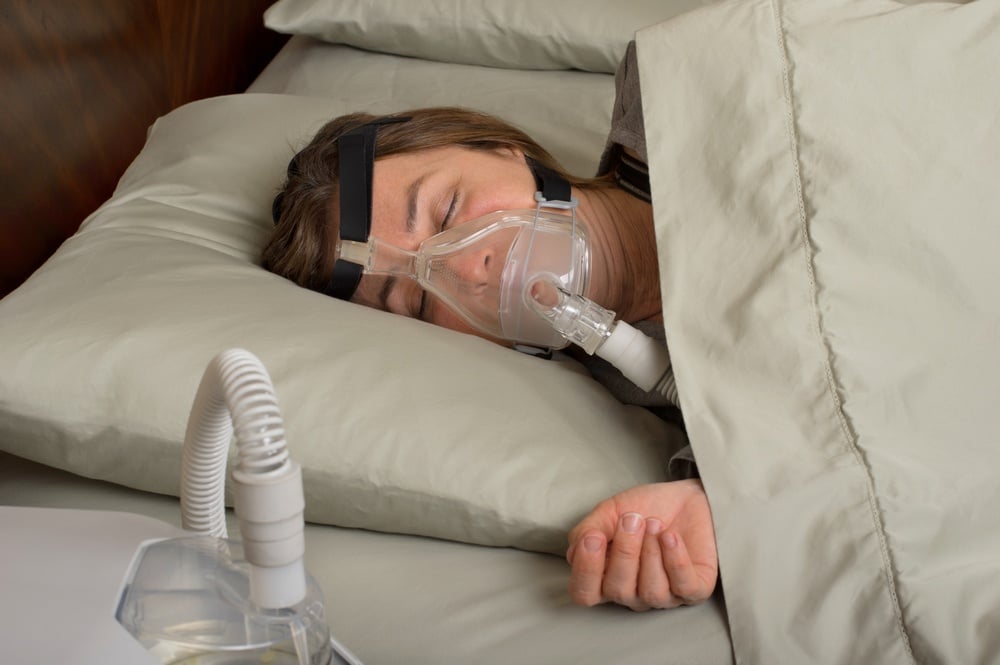

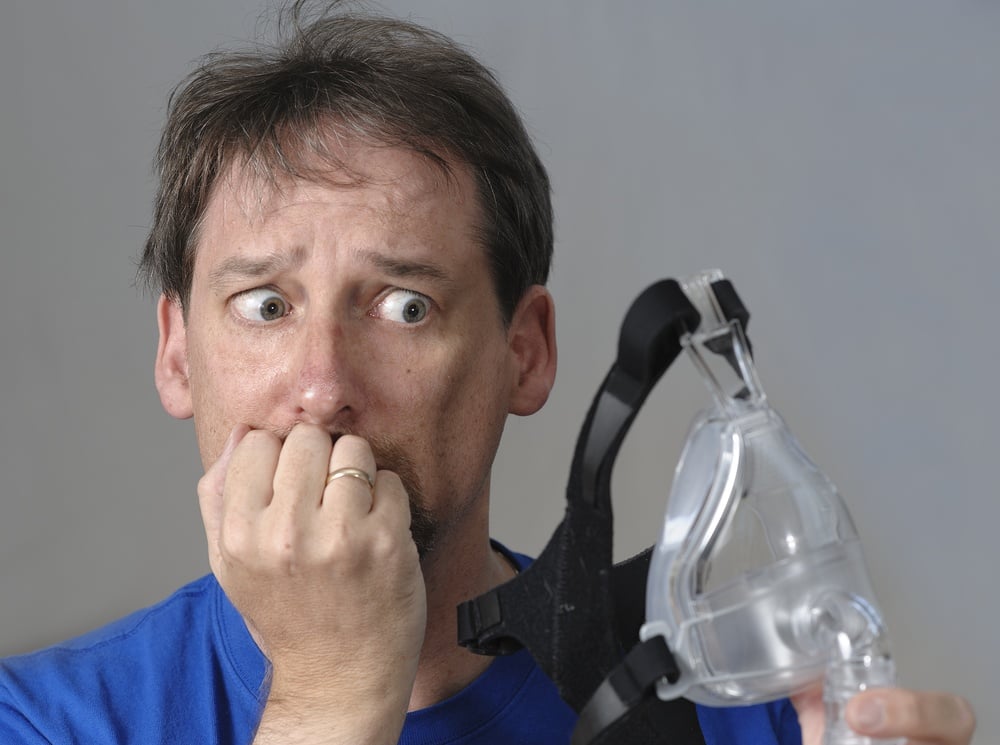
Leave a comment